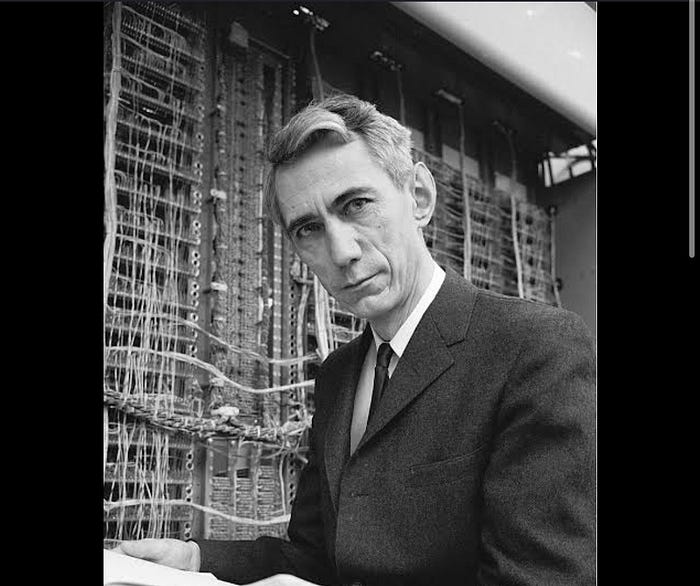Member-only story
“Mastering Communication: Unlocking the Power of Shannon’s Channel Capacity Theorem”

Claude Shannon, often regarded as the father of information theory, made numerous significant contributions to the field. Claude Shannon’s contributions have had a profound impact not only on information theory and communication systems but also on diverse fields such as cryptography, digital circuit design, and artificial intelligence. He remains one of the most influential figures in the history of modern science and technology.
Introduction to Channel Capacity:
Channel capacity, as defined by Claude Shannon, represents the maximum rate at which information can be reliably transmitted over a noisy communication channel. It provides a fundamental limit on the performance of communication systems. Shannon’s channel capacity theorem establishes a theoretical upper bound on the achievable communication rate for a given channel with a specified level of noise.
Definition of Shannon’s Channel Capacity Theorem:
Shannon’s channel capacity theorem states that for a given communication channel characterized by a bandwidth \( B \) and a signal-to-noise ratio (SNR) \( \text{SNR} \), the maximum achievable data rate \( C \) (in bits per second) is given by:
\[ C = B \cdot \log_2(1 + \text{SNR}) \]
This theorem provides a formula for calculating the maximum achievable data rate, also known as the channel capacity, in terms of the channel’s bandwidth and signal-to-noise ratio.
Mathematics behind the Theorem:
The mathematics behind Shannon’s channel capacity theorem involves understanding the relationship between the channel’s bandwidth, signal power, noise power, and information rate. The formula for channel capacity \( C \) can be derived from Shannon’s theorem on the noisy channel coding theorem and the concept of mutual information.
- Noisy Channel Coding Theorem: This theorem establishes the existence of error-correcting codes that can achieve reliable communication over a noisy channel with arbitrarily low error probability, provided the rate of transmission is below the channel capacity.
